Mysore, India

If one picture is worth a thousand words, then this picture blog would qualify as a small book.
Mysore is a city of two million in southern India. Two million is considered a moderate size city in India. The Mysore Palace is the second most visited building in India after the Taj Mahal, and for good reason as these photos will show. The 27th Maharaja of Mysore still occupies half of the palace with his family. The Indian government occupies 20 percent, which it uses for official meetings and as a reception area for honored guests. And the remaining 30 percent is open for public tours, from which the photos below are taken.
I took many photos, more that I can show. I’ve visited palaces in Europe, which have amazing artworks. But the Mysore Palace is the most extravagant palace I’ve ever visited. It reminds visitors of the grandeur of pre-colonial India. The British conquered the Indians when they occupied India, exploiting its rich resources for four hundred years. The British Museum contains relics of British colonialism. I’m not sure what they took from Mysore, but there were enough riches left behind for us to enjoy today.

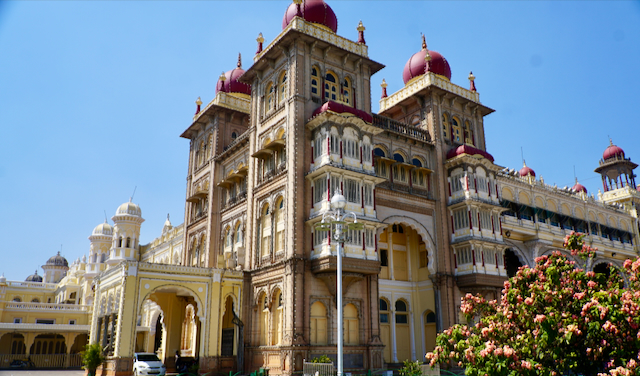


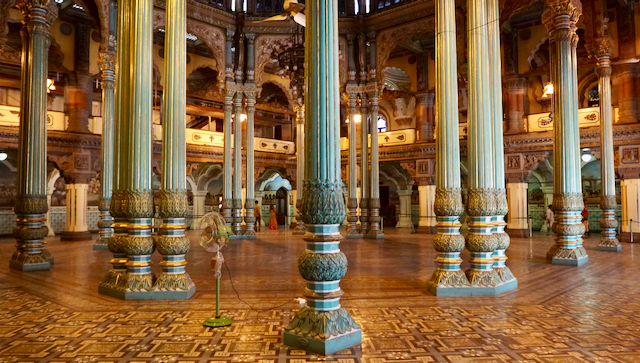
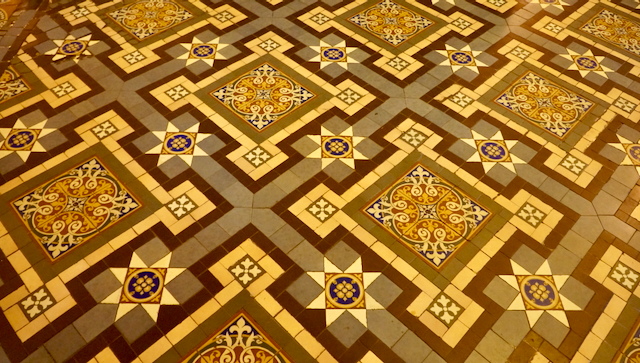


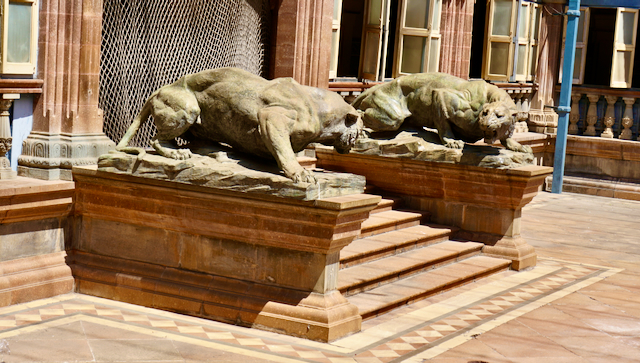

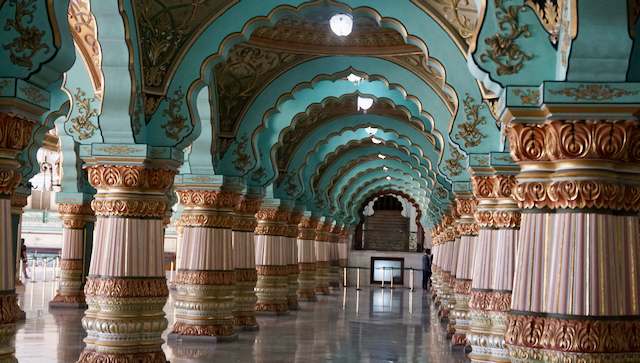
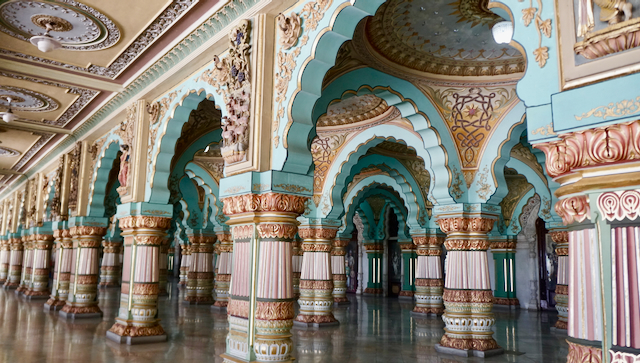

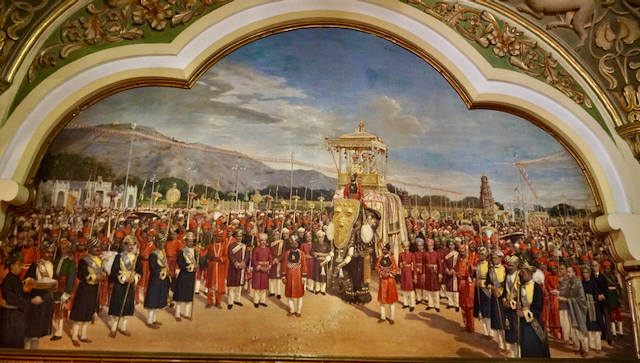
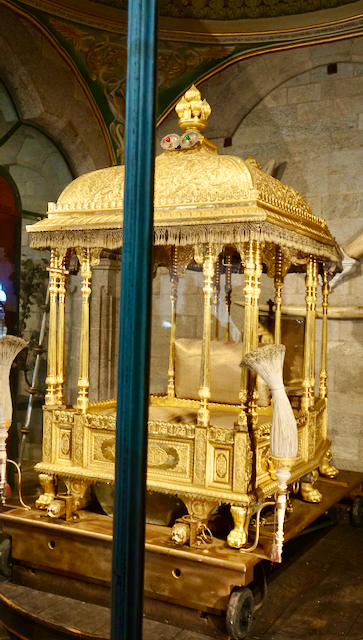
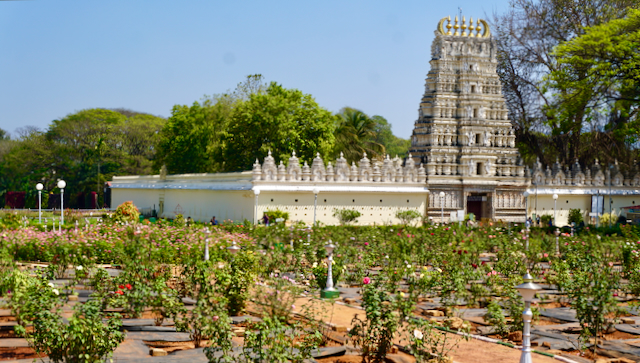
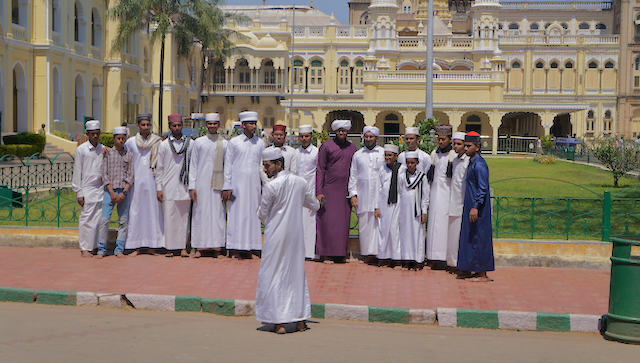

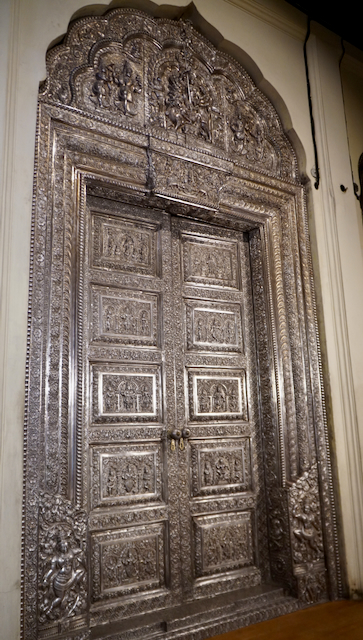
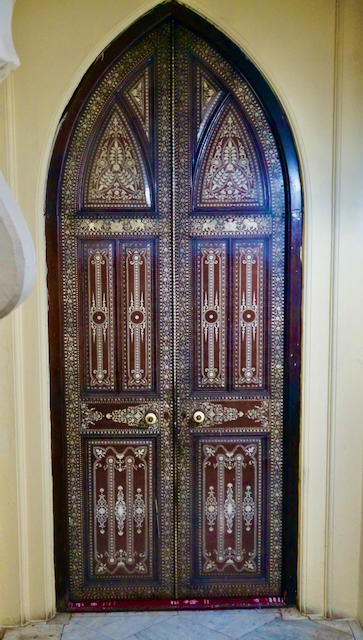

Besides visiting the Mysore Palace, I asked our guide to show us the Mysore market. The fruit-vegetable-flower market occupies several blocks in the center of the city. We visited the day after Valentine’s, so there were more roses and rose-arrangements than usual. The fruits and vegetables are all grown locally. Unfortunately, February is too early in the year for mango season. It is, after all, “winter,” though the temperatures approach the low nineties every day. Summer is monsoon season, during which torrential rains fall across most of India. Thus, winter is the high tourist season. However, we have encountered very few Americans on our tour of South India.
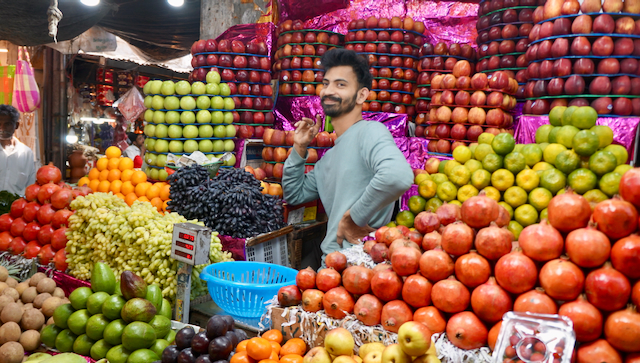
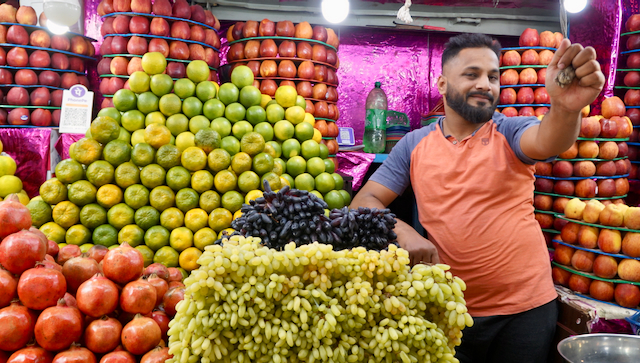
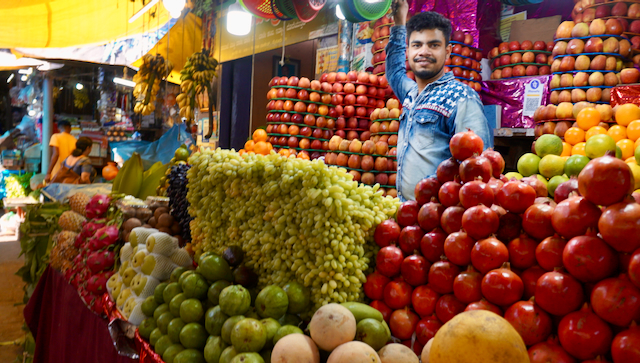
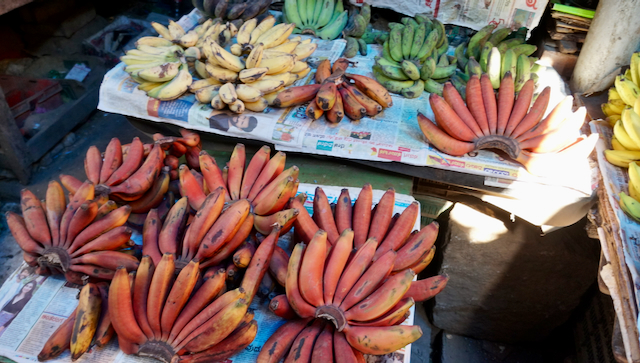
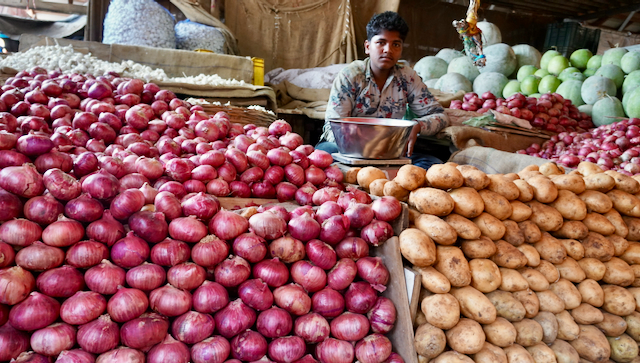

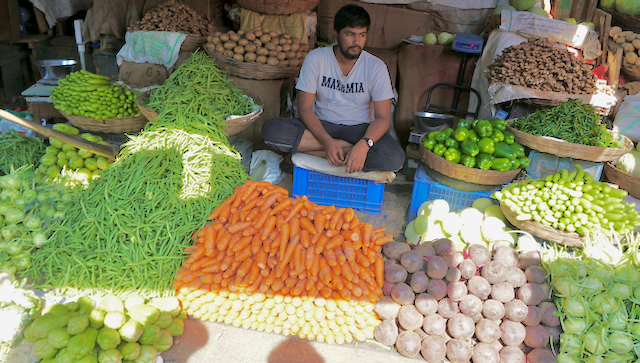

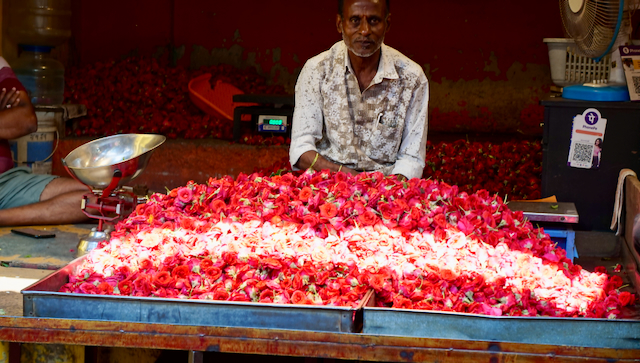

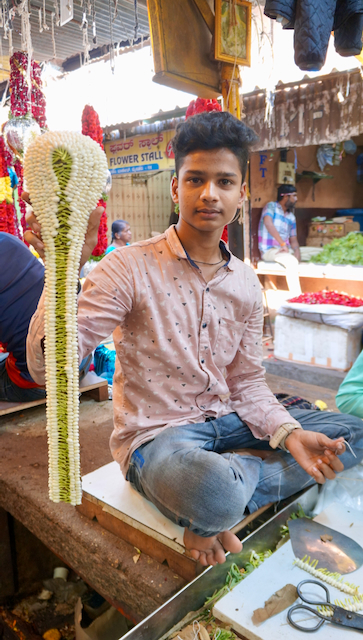
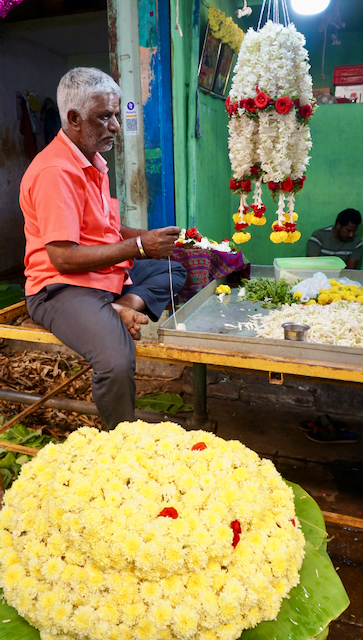

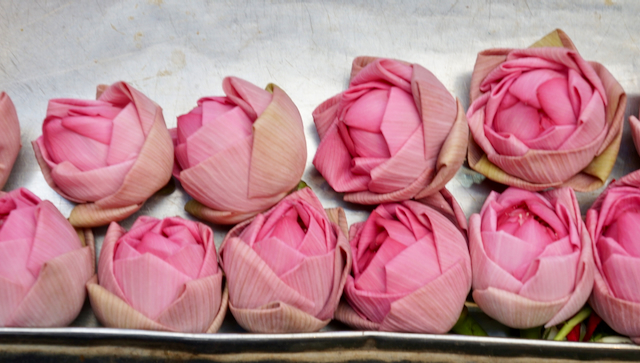
4 Comments on Mysore, India
Join the Conversation